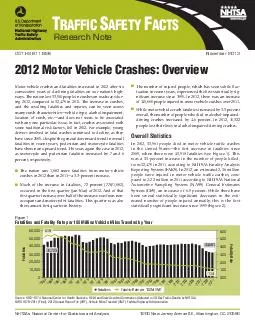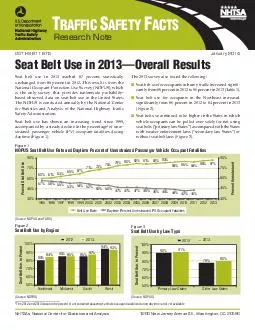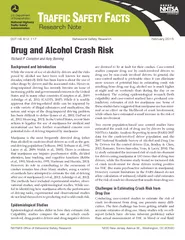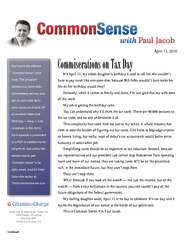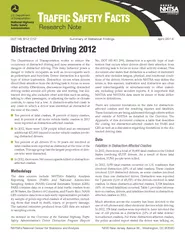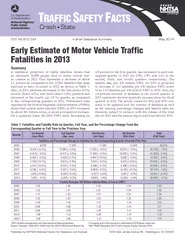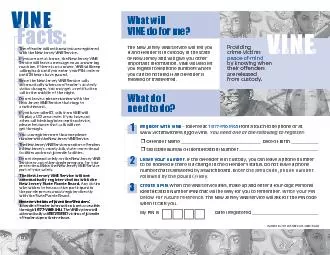PDF-NHTSAs National Center for Statistics and Analysis New Jersey Avenue SE
Author : conchita-marotz | Published Date : 2014-11-11
Washington DC 20590 RAFFIC AFETY ACTS Research Note DOT HS 811 856 November 2013 2012 Motor Vehicle Crashes Overview Motor vehicle crashes and fatalities increased
Presentation Embed Code
Download Presentation
Download Presentation The PPT/PDF document "NHTSAs National Center for Statistics an..." is the property of its rightful owner. Permission is granted to download and print the materials on this website for personal, non-commercial use only, and to display it on your personal computer provided you do not modify the materials and that you retain all copyright notices contained in the materials. By downloading content from our website, you accept the terms of this agreement.
NHTSAs National Center for Statistics and Analysis New Jersey Avenue SE: Transcript
Download Rules Of Document
"NHTSAs National Center for Statistics and Analysis New Jersey Avenue SE"The content belongs to its owner. You may download and print it for personal use, without modification, and keep all copyright notices. By downloading, you agree to these terms.
Related Documents

